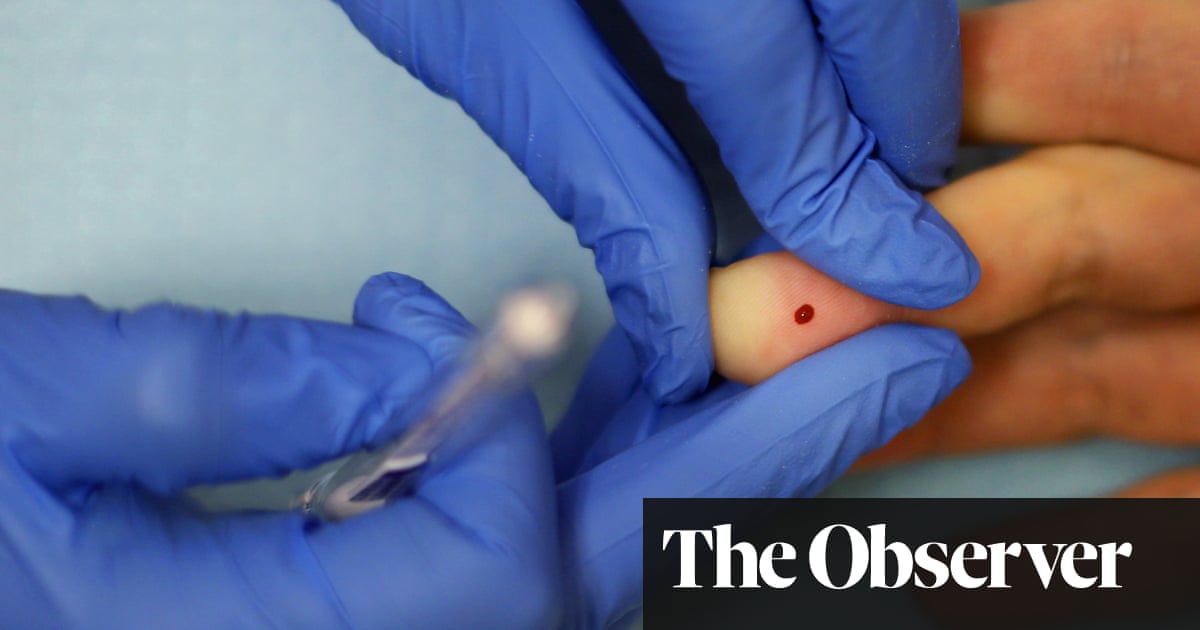It’s difficult to say when he first began noticing the signs, says Chris. He was living abroad and communicated with his parents on Skype. During these calls, his mother would sometimes repeat herself, asking the same question just minutes later. “We didn’t think much of it, we assumed it was due to technical problems.” Then his father mentioned that there was something wrong with her memory. “Mum being only 63, I didn’t believe him.” But two years later, during a Christmas break abroad, when his mother went upstairs to use the toilet and couldn’t find her way back down, they knew there was something up.
Shirley was diagnosed with Alzheimer’s disease at the age of 67 by a GP using a cognitive test that includes drawing a clock with a certain time on a piece of paper. She received the diagnosis via a letter that consisted of only one line. “I look at that letter and I am appalled by it,” says Chris. “My mother never saw a neurologist. It was such a thin diagnosis. We thought this can’t be right, she’s too young.”
Shirley is now 75 and living with advanced-stage Alzheimer’s, the most common form of dementia, which affects memory, language and behaviour. The gold standard for diagnosing Alzheimer’s involves cognitive tests plus either a brain scan or cerebrospinal fluid sampling that reveal abnormal levels of the proteins amyloid and tau. But testing for these biomarkers is costly, and until recently there has been little incentive to diagnose the disease due to the lack of effective medication. “Only about 2% of individuals in the UK are being diagnosed using these methods,” says David Thomas of Alzheimer’s Research UK.
Very soon, it may be possible to determine whether someone has Alzheimer’s using a simple drop of blood. In recent years, blood tests have been developed that are just as good at detecting Alzheimer’s biomarkers as expensive brain scans and painful lumbar punctures, where cerebrospinal fluid is drawn from the base of the spine. “There is a lot of excitement in the field,” says Thomas. “Blood tests would be a huge benefit to clinical practice if we could use them as a standard.” They are cheap, scalable and equitable.
Last month, the first patients received blood tests as part of two trials backed by Alzheimer’s Research UK and Alzheimer’s Society aiming to introduce blood tests in the UK within five years. The ADAPT (Alzheimer’s disease anti-inflammatory prevention trial) study is assessing a protein called p-tau217, which is specific for Alzheimer’s disease. “The trial will provide evidence on how to deploy blood tests in clinical practice,” says Thomas. “Who do you test and when do you test them?”
The need for simple diagnosis of Alzheimer’s disease has become more pressing with the approval of the amyloid-lowering drugs lecanemab and donanemab, which have been shown to have a modest effect in early stages of the disease. The drugs have been licensed in Britain but are not currently funded by the NHS because the benefits are too small to justify the costs. Although they reduce levels of amyloidosis in the brain, their effect on cognition is marginal.
Some researchers suspect that this is because patients are treated too late, years after amyloid begins to accumulate in the brain. Given earlier, before symptoms arise, the drugs could prevent the buildup of amyloid and delay the onset of disease. Whether this is true is still an open question. The results of continuing clinical trials are expected in the next years.
However, accurately diagnosing Alzheimer’s will be essential for eligibility for clinical trials, regardless of the drug. And this is where blood tests have a huge potential. “They could provide results much faster and accelerate the introduction of new drugs that rely on early diagnosis,” says Thomas. “The conversation around the blood biomarkers and new therapies are very interconnected.”
But blood-based biomarkers are also leading to profound changes in the way we think about Alzheimer’s disease. Last year, controversy erupted among researchers after the US Alzheimer’s Association published guidelines proposing that individuals with abnormal biomarkers should be given a diagnosis of Alzheimer’s even if they have no clinical symptoms. According to this “biological definition”, Alzheimer’s begins when amyloid first accumulates in the brain, which may be decades before symptoms arise. These amyloid-positive individuals are considered to be in a “preclinical” stage of the disease.
after newsletter promotion
A few months later, the predominantly European International Working Group published a rebuttal postulating that Alzheimer’s should only be diagnosed in symptomatic individuals. In their view, cognitively unimpaired individuals with abnormal biomarkers are considered “at risk” of developing the disease. “The vast majority of amyloid-positive individuals will never develop symptoms in their lifetime,” says Nicolas Villain, a neurology professor at Sorbonne University in Paris and an author of the critique. “Labelling people who will never have symptoms with Alzheimer’s is deleterious.”
Identifying risk factors that allow for early intervention is common in other areas of medicine. Early detection and treatment of hypertension, for instance, helps prevent cardiovascular disease. In Alzheimer’s, however, the roles that amyloid and tau play in the progression of the disease have not been fully elucidated. The idea of Alzheimer’s being one single continuum, dependent only on amyloid and tau biomarkers, is overly simplistic, writes Maartje Schermer, professor in the philosophy of medicine at Erasmus University Rotterdam. Narrowing the scope of diagnosis to amyloid and tau alone risks missing factors that could play a previously unknown role.
Labelling biomarker-positive individuals as “preclinical” or “at risk” may seem like no big deal. “But semantics matter,” says Villain. “The difference is more crucial than it might initially appear.” For one, a biological definition would lead to a fourfold increase in “patient” cases. Moreover, a biological definition of Alzheimer’s changes the meaning of the disease that exists in popular discourse. “The idea we have now is that Alzheimer’s is an irreversible and fatal disease,” says Timothy Daly, a bioethicist at the University of Bordeaux. “The biological entity without symptoms is almost banal: you have disease biomarkers, but you’re not guaranteed to develop dementia.” Using risk factors to define disease will create confusion among patients, physicians and public health experts, he says.
“There is no justification to test asymptomatic people outside clinical trials at the moment,” says Jonathan Schott, chief medical officer at Alzheimer’s Research UK and neurology professor at University College London, who co-wrote the critique and is running the ADAPT study. He adds: “Though I fear that with the availability of blood tests, some people will be self-testing against medical advice.”
For now, according to Schott, having a biomarker-positive test is better thought of as an indication of risk rather than proof of the disease. “The challenge will be to work out which of these biomarker-positive individuals are at imminent risk of developing symptoms within a few years and offering them treatment,” he says. “But a simple blood test at the moment is insufficient for that.”
Article by:Source: Theres Lüthi













